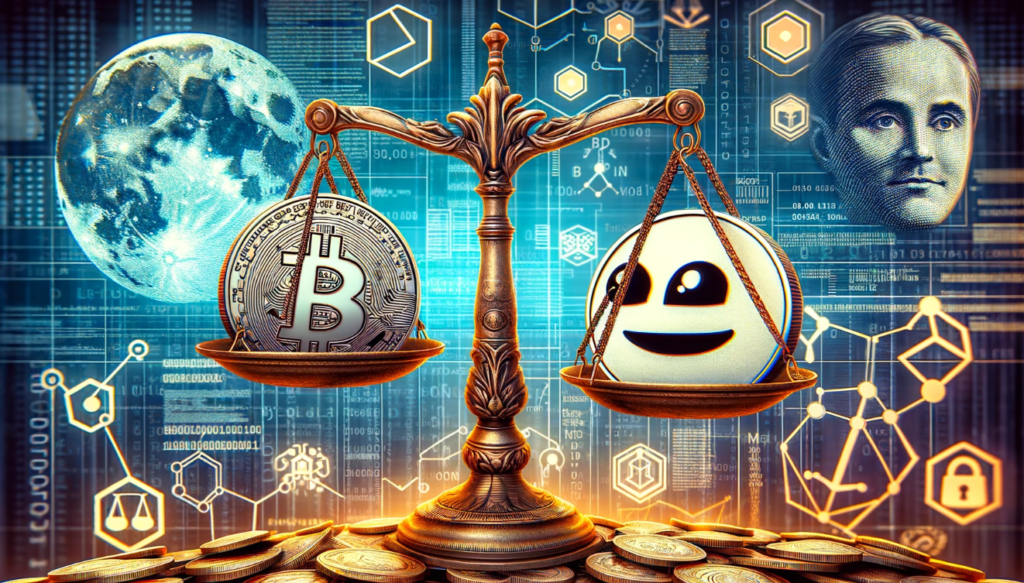In the whirlwind world of cryptocurrency, a stark contrast exists between the free-spirited meme coins and the utilitarian cryptos striving to revolutionize the industry. Amidst the chaos, meme coins like Dogecoin find an effortless path to popularity, while the creators of transformative cryptos navigate through a labyrinth of regulatory challenges.
The disparity in the crypto realm has raised eyebrows and concerns, with industry experts questioning the adequacy of U.S. regulations that inadvertently nurture novelty tokens and hinder substantial innovation. At the forefront of the critique is Chris Dixon of Andreessen Horowitz, who casts a spotlight on regulatory practices that inadvertently favor frivolity over functionality.
The Regulatory Path Less Trodden for Meme Cryptos
Dixon’s assessment reveals a curious regulatory paradox: it’s safer for one to launch a meme coin that serves no practical purpose than to release a token embedded with functionality. This phenomenon echoes a dysfunctional securities market where gimmicky stocks overshadow technological stalwarts like Apple and Microsoft. Meme coins bypass stringent regulatory scrutiny due to their lack of utility, allowing for their unfettered proliferation.
For entrepreneurs aspiring to create tokens with tangible applications, the road is fraught with compliance uncertainties. Blockchain tokens promising to reshape payment systems and decentralize governance often stall in a state described by Dixon as “regulatory purgatory.”
A Regulatory Conundrum for Crypto Innovators
This incongruity in regulatory treatment raises critical questions: how can the U.S. foster an environment that nurtures both innovation and investor protection? Andreessen Horowitz’s recent $7.2 billion fund geared towards infrastructure and gaming sectors signifies a strong belief in these technologies’ potential for growth. However, the fund’s success, and that of the broader crypto ecosystem, may hinge on reforming the regulatory landscape.
The heart of the issue lies with the Securities and Exchange Commission’s application of the Howey test, determining whether a crypto is a security. This 1946 precedent struggles to encapsulate the decentralized essence of modern cryptos, leading to a call for regulatory clarity.
Coinbase CEO Brian Armstrong and Haun Ventures’ Kathryn Haun have voiced similar concerns, pointing to the SEC’s approach as a deterrent to innovation. The focus on regulation by enforcement, as seen with platforms like Uniswap, creates an atmosphere of uncertainty and hesitance.
By reassessing these regulations, the U.S. has the opportunity to promote a balanced environment that encourages genuine innovation and safeguards investor interests, ensuring that the dynamic crypto landscape can flourish unimpeded by antiquated regulatory frameworks.












